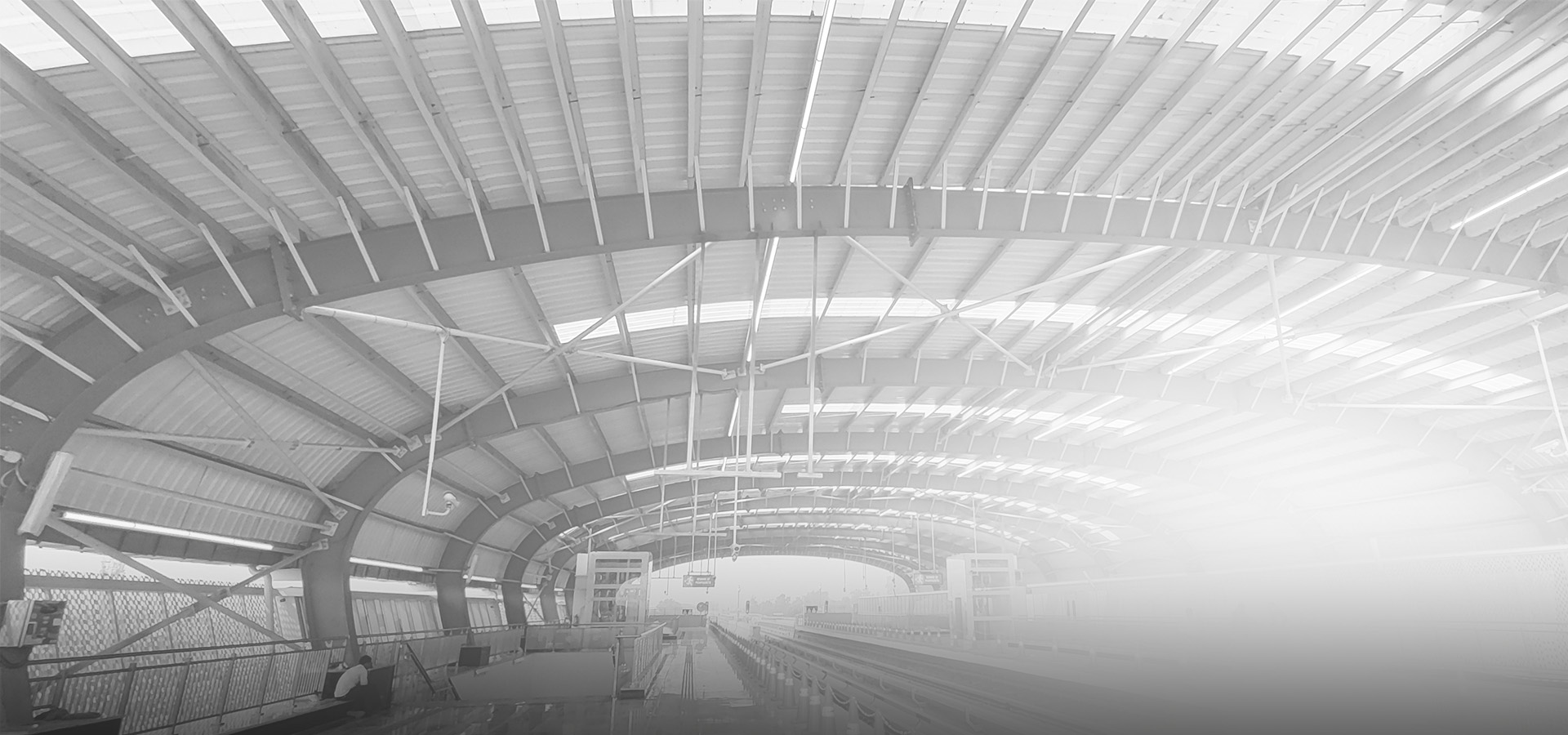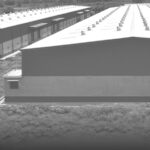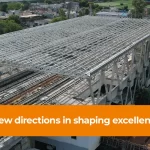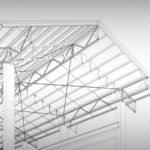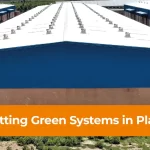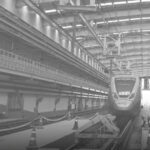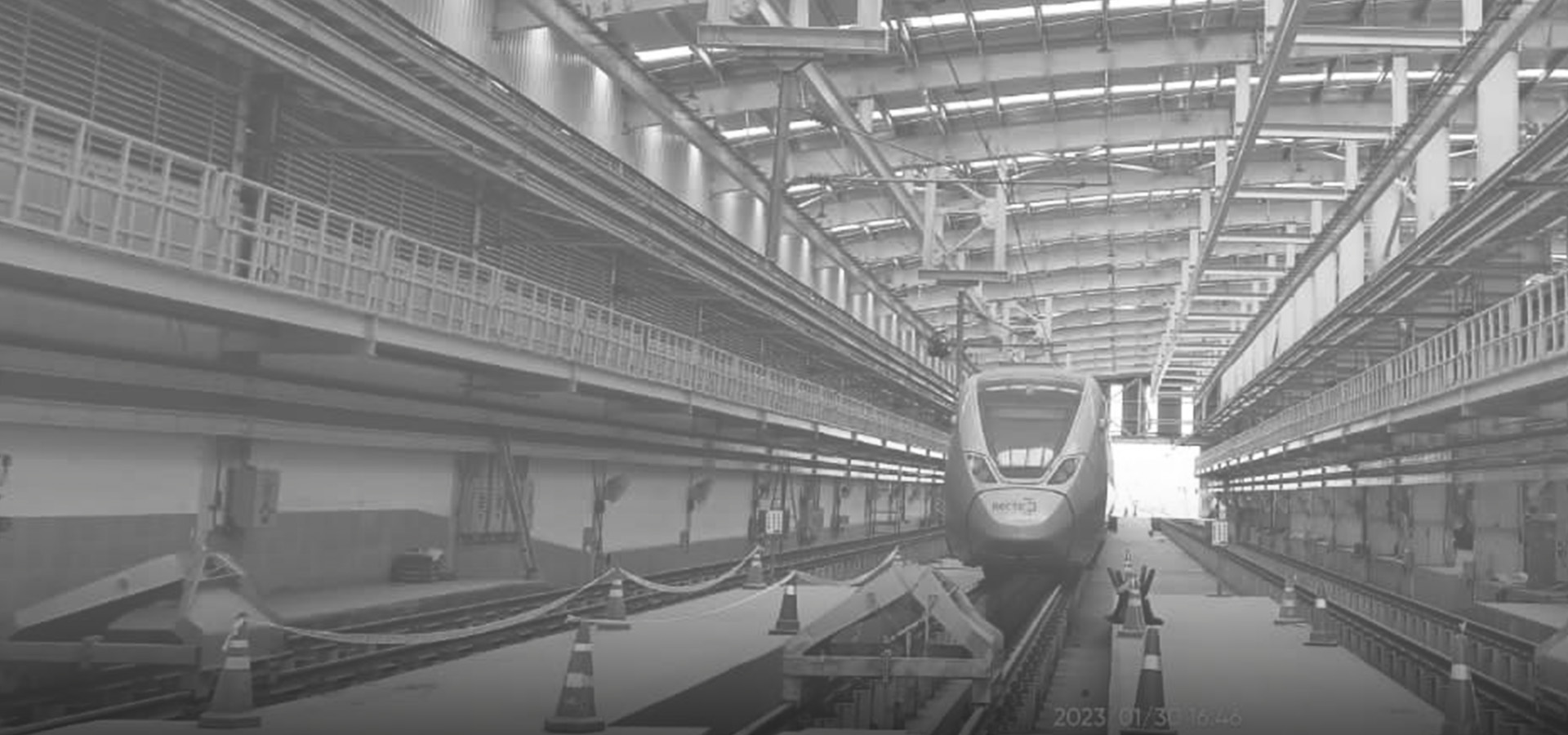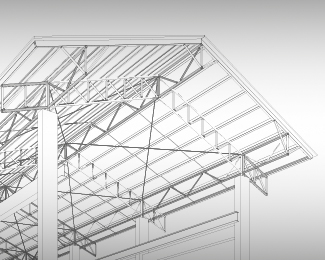Pre-Engineered Buildings, for erecting Government and Public Properties
Rapid adoption of Prefabricated construction in Government initiatives
It is easy to see why prefabricated buildings are figuring prominently in the Government’s scheme of things. Prefabricated structures offer a viable solution to the challenge posed by the escalating housing needs of the country by providing faster, cost-effective and sustainable construction options. And that is why it is increasingly being chosen, not just by construction companies in Delhi, but across the entire country.
Prefabricated structures offer a lot of benefits that make them an attractive choice for Government construction initiatives. As mentioned earlier, the speed of construction. Prefabricated structures can be erected in a fraction of the time required for conventional construction, allowing for faster project completion and occupancy.
Cost-Effectiveness. Every Government initiative aims to streamline the construction process and reduce on-site labour and material wastage, and prefabricated buildings offer reasonable cost savings as against traditional construction methods.
Since India falls in a zone of high seismic activity, construction work needs to be built on the pillars of Safety and Durability. Prefabricated components are engineered to meet stringent safety and structural standards, ensuring enhanced resilience against natural disasters and long-term durability reducing maintenance expenses significantly. In fact, Delhi which falls in a very highly prone earthquake zone, construction companies are opting for prefabricated building.
The Government is pushing for sustainability in all its initiatives. Prefabricated structures find resonance with the Government’s way of thinking. With growing awareness of environmental sustainability, there is a rising demand for eco-friendly construction solutions. Prefabricated buildings, with their reduced carbon footprint and energy-efficient design, align with these sustainability goals, making them an attractive choice for the constructions made by the present environmentally conscious Government.
Prefabricated structures are putting Government’s push towards infrastructural development on the high road to success.
Keeping Government’s Infrastructure Growth on track too
Prefabricated buildings are rapidly finding their way into the building pf metro stations. PEB Metro stations are the stations in a metro (or subway) system in a city that uses pre-engineered buildings (PEB) as the structural element for the construction of the stations. When rapid construction of these stations is the need of the hour, the use of PEB structures for metro stations is the solution.
As the prefabricated components can be easily assembled on-site, they offer an array of advantages. This can be especially beneficial in urban areas where space is limited and construction needs to be completed quickly to minimise disruption to traffic and the surrounding community. It is not uncommon for metro systems in various cities around the country to opt for PEB structures for their stations. However, the specific design and construction of each station will depend on the needs and requirements of the particular metro system and the city in which it is located.
Some of the factors that play a key role in Prefabricated Metro Structures are deciding on construction companies with expertise in Expertise in Metro Station PEB Construction. It is important to have a team that has honed its skills to deliver metro station projects that exceed expectations.
Use of cutting-edge technology is also important, so that the latest technological advancements can be harnessed to streamline the construction process and enhance the performance of metro stations. Use of advanced materials and methods ensures structural integrity, durability, and energy efficiency..
In today’s era, the construction companies need to be committed to environmentally responsible construction. Sustainable building practices, energy-efficient designs, renewable materials, and waste reduction, minimization of the carbon footprint of metro stations – they all need to be prioritized and Prefabricated structures indeed offer that.
The importance of meeting project deadlines cannot be more stressed upon. Prefabricated structures help streamline processes and enable on-time delivery of metro station project, keeping your transportation network on track.
Pre-engineered buildings are prefabricated structures that are manufactured off-site and then assembled on-site. They are a cost-effective and efficient solution for the construction of buildings and are often used for industrial, commercial, and infrastructure projects.
Conclusion
The rise of prefabricated construction represents a paradigm shift in Government initiatives in infrastructure development, offering a more efficient, sustainable, and cost-effective alternative to traditional construction methods. They offer an unprecedented level of protection against both natural and man-made disasters, ensuring the safety and resilience of buildings and their occupants. With their structural strength, resilience to earthquakes and high winds, fire resistance, energy efficiency, and insulation properties, Prefabricated buildings support the Government in its focus of leading into a new age of infrastructure. Embracing this innovative construction approach, The Government can address its infrastructure challenges while paving the way for a more sustainable and resilient future.
